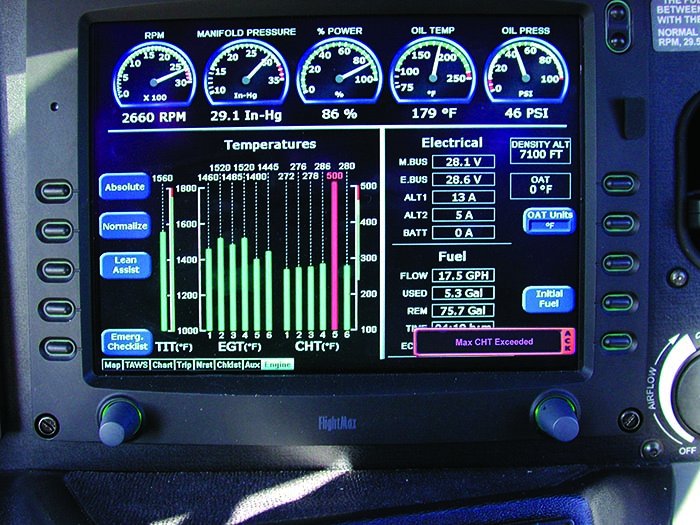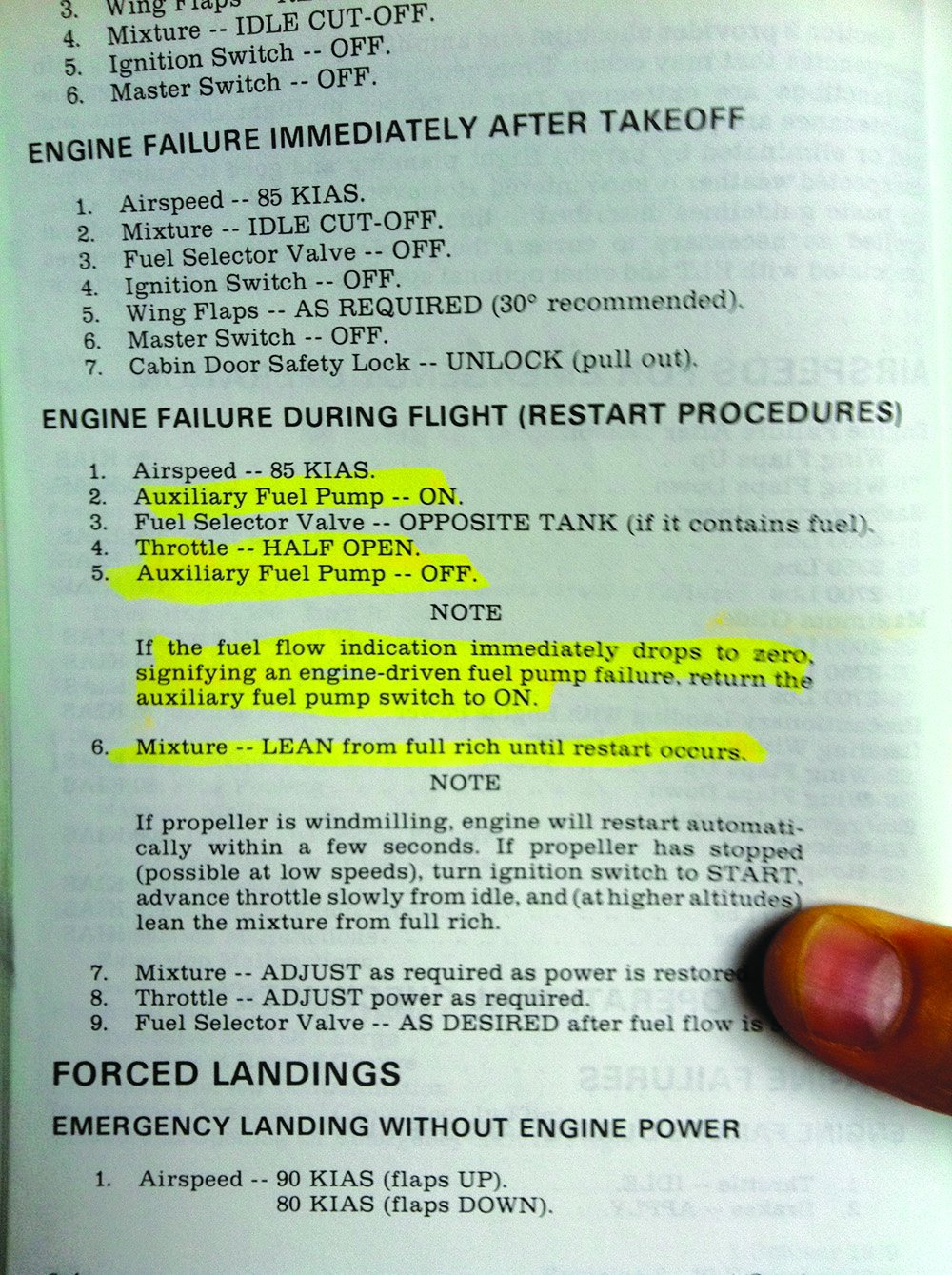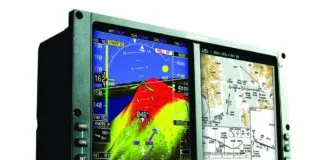Some years back I was enjoying a chat with a former B-52 commander about emergencies, and he told me something about his training that has stuck. They had a mechanical clock in the cockpit, and they were trained that at the first sign of all but the most critical emergencies they should wind the clock.

Fire light on engine seven? Wind the clock. Yeah, the engine might be on fire, but then again it might not. The time spent winding the clock wasn’t so much that a real fire was going to consume the wing and doom everyone on board. But it was enough to get past the first-blush desire to shut the engine down. It was enough time to remember to check other indications: temperatures, pressures, performance. A real fire had several signature indications. A bad sensor just tripped one light.
Emergency? Call it Abnormal
Most light-aircraft flight manuals and training programs don’t differentiate between true emergencies and “abnormal” situations. From its onset, the Cirrus SR-series training program did differentiate and this concept’s popularity is growing. The idea is that only some of what we think of as “emergencies” really require emergency action. Others are situations that could lead to emergencies if not addressed. These are merely “abnormal.”

An engine failure on initial climb- out (whether it’s your only engine or not) is worthy of immediate action. Fire in the cabin is another must-act situation. But what about a sudden engine stoppage while cruising in a single at 14,000 feet? You could immediately trim for best glide, or immediately punch Nearest on the GPS. While there’s nothing wrong with either action, it’s doubtful doing them now or in a minute will matter in the long run. An engine failure in a single is, shall we say, very abnormal, and your apathy towards action shouldn’t be much longer than checking for an obvious cause—incorrect fuel selection, low fuel pressure, turbo failure, etc. But armed with that information, you can take the next step intelligently.
So don’t do anything. Instead, gather information and analyze. Breathe, and then act with a goal in mind.
Progress and Pause
Another emergency technique that’s stuck with me for years came from a talk by Dave Cronin, Captain of United 811, which lost its forward cargo door while climbing out of Honolulu in 1989.
After the door blew off the crew ran their emergency descent checklist as they turned back for the airport. When the FO, Al Slater, came to “Gear – DOWN,” Cronin had him pause. Early in his training he’d learned to run the emergency checklist only until the emergency was under control. Cronin saw they were descending adequately into breathable air and heading back to land. He had Slater stop there.
The wheels stayed up until short final and the plane made it back. In the months to follow, simulator reconstructions of the incident showed that if the crew of a 747 with that much damage and two engines out drops the gear, then it’s impossible to get back to Honolulu.
Essentially, the crew took a true emergency—a situation that’s out of control—and turned it into a critical abnormal. The situation is not good, but it’s in control, with a plan formulating for a successful outcome.
Don’t Just Do Something
Here’s a real-world GA example of how you might put these together. On taxi out, an instrument student and I both noted the AI was a bit lethargic to erect. It wasn’t outside tolerances, but it was showing a slight left bank on level ground. Nothing else showed abnormal, so we launched into 1600 overcast.
Rolling out of our first turn on course and still climbing away from the airport (but now IMC), I could see the AI was failing. I told my student he was turning when the AI showed level flight. He pointed to the AI as level but also saw the turn coordinator in a turn. I had him roll level by the turn coordinator and pointed out how the heading indicator and portable GPS both showed we were holding a heading. I pointed further to the good vacuum reading and the (relatively) steady compass. The AI now showed about a seven-degree right bank.

So what did we do? At first, nothing. We continued the climb. We were already IMC and my student needed a moment to adjust to what was evolving into partial-panel IMC. Getting a turn back to the airport right away versus a minute or two wouldn’t matter. Trying to deal with level-offs and turns without the AI and before getting comfortable might be disastrous.
With a stable heading and climb, I then called ATC and asked for vectors back to the airport. The student was having a bit of trouble ignoring the AI and asked if we should cover it. I said no, because even though the bank was incorrect, it was still giving good pitch information. We were partial, partial panel. There was no reason to hamper our situation further just yet. It was challenging to fly straight ignoring the AI’s bank angle, but it would have been even more challenging to hold pitch without the AI’s pitch reference. Not impossible, but more of an emergency than necessary. We treated the AI’s pitch information with appropriate doubt, but it performed fine in that axis long enough to get on the ILS and break out. Not doing something, or only half-way reacting to the situation, can afford a more capable solution than doing something in haste.
You’d be amazed what some pilots have declared emergencies over. Digging through recent Aviation Safety Reporting System reports (so-called NASA reports), I quickly found two cases where pilots entered reports because they worried about their disruptive effect on airports when they declared emergencies or bullied their way into the airport pattern to land because they lost their alternators.
We’re talking VFR loss of an alternator, here. The radios were getting crackly and the GPS screen went blank. (OK, maybe for some that means they are totally lost.) Emergency? I think not. What struck me about these reports and several similar types of issues is how the pilots described immediately turning back to the field. Immediately declaring the emergency. Would a moment of reflection have convinced them that the failure probably wasn’t such a big deal? Or gave them time to think that turning off some other load-drawing items might have removed the crackle from the radio and allowed for clear communication and an orderly return to the field?
I’m not against anyone declaring an emergency—please do it if you feel you want the help—but there’s a difference between declaring an emergency with ATC or to the airport traffic, and declaring an emergency to yourself. One is a procedure to get you priority. Another is a way of thinking about the situation that may rush you to the wrong reaction.
The Zen of Under-Reacting
You can take this concept a step further to cover overreacting to the endless, mundane discrepancies we deal with as pilots. There’s no need to lift items off the seat because you just noticed you’re 120 feet above your assigned altitude. (I’ll flag myself as being guilty too often on this count.) There’s no need to immediately reply to ATC when you get a frequency change or even to check in on the new frequency. Pausing 10 seconds to set a heading bug or adjust some trim won’t matter. Ideally, you’ll key the mic soon enough that they won’t call you twice, but that’s not the end of the world, either.
We train ourselves for a spring-loaded response to anything abnormal. That’s fine so long as we remember actual, urgent emergencies are rare. We also have to accept that there’s a lag for your gray matter to recognize something’s wrong, and a shock of adrenaline when it does. That shock feeds a desire to do something about the issue—right now.
Fight back by taking a moment to reflect. Oil pressure reads zero? Gosh, that’s interesting. If that’s true, my engine will seize into a $50,000 paperweight in about five minutes. How can I tell if that is, in fact, what’s going on? Just like overcontrolling an aircraft, you can overcontrol a situation. Wind the clock and then deal with the fire … if it’s even a fire worth dealing with at all.
Jeff Van West is a fan of doing nothing when he can get away with it.





